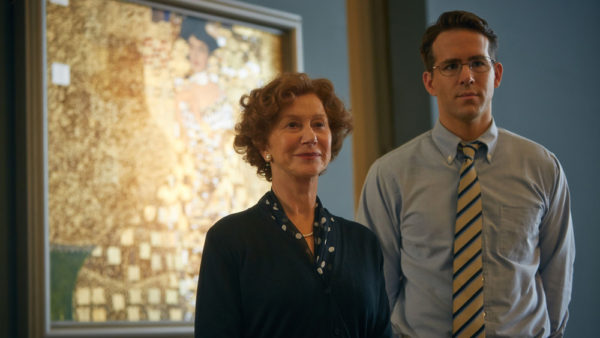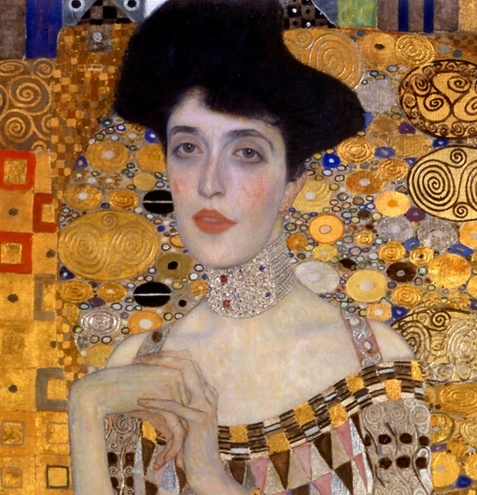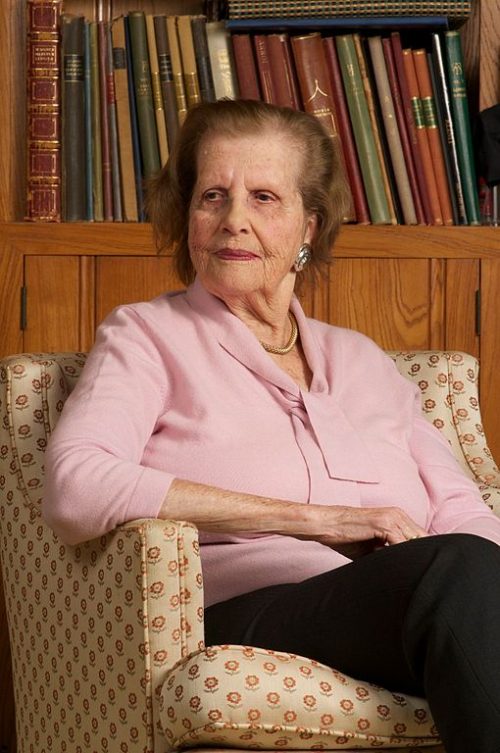Maria Altmann, a Viennese Jew hounded out of Austria following its annexation by Germany in 1938, was a fighter. Determined to settle an historic injustice, she sued the Austrian government to regain five invaluable paintings by Gustav Klimt that had been commissioned by her late uncle, a wealthy art connoisseur and collector.
Simon Curtis’ solid feature film, Woman in Gold, now available on Netflix, charts her quest for justice. Helen Mirren, the inestimable actress, plays Altmann, a stout-hearted woman who challenges Austria in a titanic clash of wills.

The movie starts in Los Angeles, Altmann’s home since the late 1930s, in 1998. Having read that Austria has modified its art restitution laws, she asks a friend, Randy Schoenberg (Ryan Reynolds), a lawyer and a descendant of the famous Jewish composer Arnold Schoenberg, whether she has a good case to win back the Klimt paintings stolen from her family by the Nazis.
She is particularly interested in acquiring one of his masterpieces, Portrait of Adele Bloch-Bauer 1, which he painted in 1907 and which has been exhibited in Vienna’s Belvedere Museum for decades. The model who posed for the painting, Adele, was her aunt. Adele’s husband, Ferdinand, an industrialist, was Altmann’s uncle.

At first, Randy is skeptical about the chances of success. But when he learns that it is worth more than $100 million, he has a change of heart. Altmann, however, is loathe to travel to Austria. In due course, she is ready to “face the ghosts” and accompany Randy to Vienna. As their plane lands, she is tormented by bitter memories of Nazis forcing Jews to scrub the city’s sidewalks.
Flashbacks of pre-World War II Vienna are an integral part of Woman in Gold. In a series of sharply-etched scenes, Altmann’s aunt, uncle and parents appear, while she is successively portrayed as an inquisitive girl and a young woman desperate to leave Austria with her new husband.

Shortly after their arrival in Vienna, Altmann and Randy meet a crusading young Austrian journalist who wants to help them. He warns them that the Austrian government will try to block their acquisition of the paintings, which define modern Austrian culture. Emerging from her meetings with Austrian officials in less than an optimistic mood, Altmann feels demoralized. Upon learning that Adele bequeathed the paintings to the museum, she more or less gives up. “The past is the past, and now we must let it go,” she says after they return to the United States empty-handed.
Randy, though, wants to carry on. He advises her to sue Austria, but she would rather go back to her quiet, peaceful life. Finally, he convinces her to push on. The U.S. Supreme Court rules that she may sue the Austrian government. In a last-ditch attempt to settle the case, she offers to allow the paintings to remain in Austria if the Austrian government admits they belong to her and if she is paid compensation. The Austrians rebuff her settlement offer, forcing Altmann to accept binding arbitration in Vienna, an option that may not be to her advantage.
Woman in Gold charts Altmann’s legal and emotional struggle with intelligence and sensitivity, giving viewers a ringside seat of a historic reckoning.

